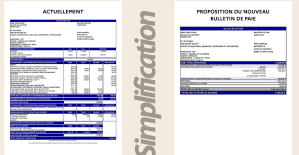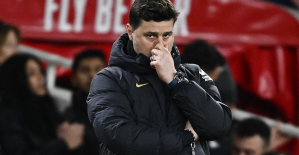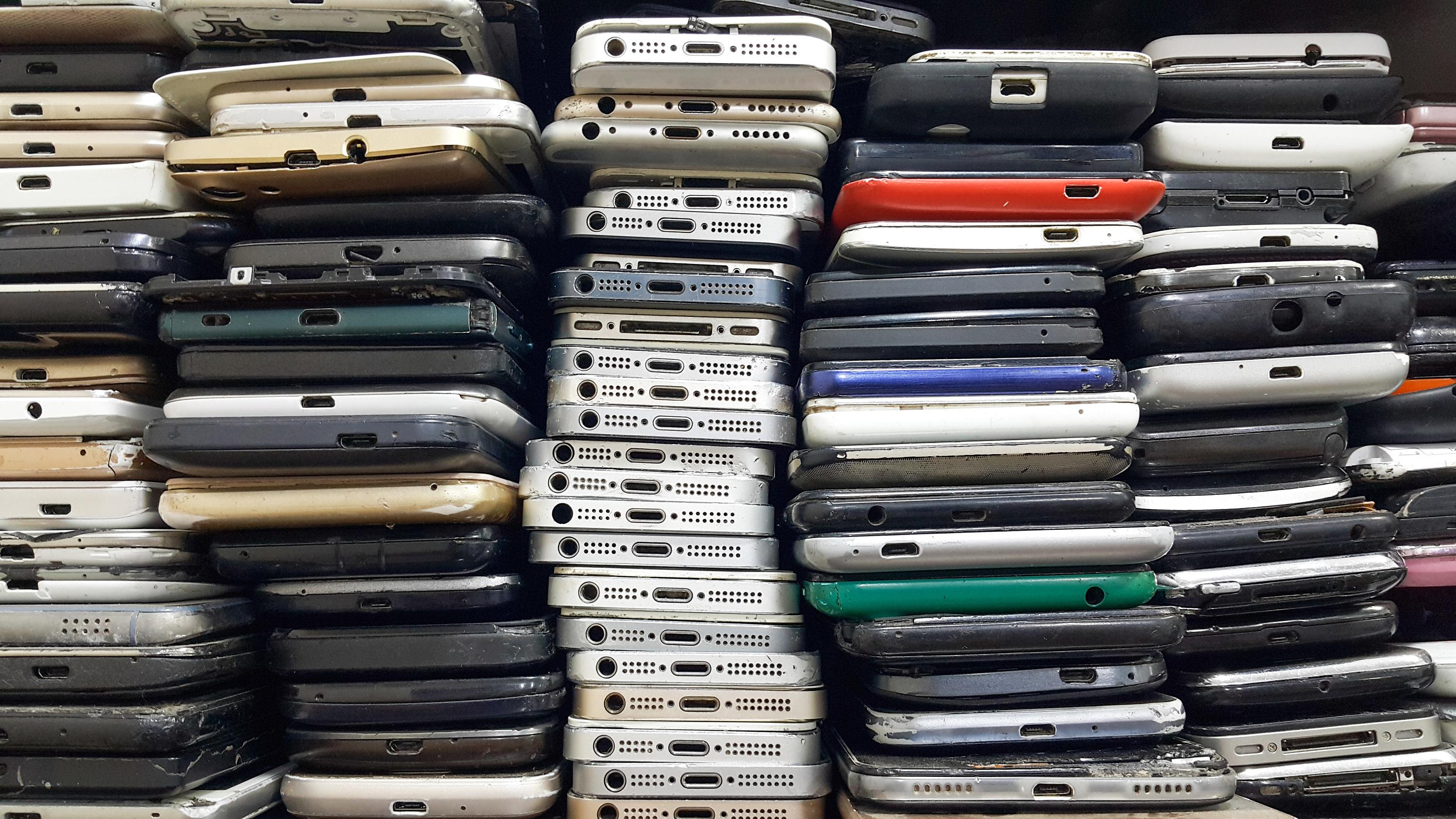It is usual for students to learn while they are in the process of completing their education. Collaboration and co-creation between students and teachers can help to establish a more student-centered approach in the classroom. It is possible for educators and philologists to both profit from this method. Every student should be given the chance to fulfill their full potential as a citizen, and this should be accomplished through creating an atmosphere that encourages personal growth and self-discovery.
Primary and secondary general education have the purpose of assisting pupils in the development of their own personalities as well as their own distinct set of skills and talents. When using a student-centered approach, the teacher and the learner are encouraged to collaborate and co-create together. When it comes to education, the student is by far the most significant participant. This includes keeping track of a student's development, identifying his preferences in interacting with educational material, and discovering and developing his or her own distinctive characteristics. This is the responsibility of the teacher. When this system is maintained properly, there is no need for students to seek for side help in cheap coursework writing — they acquire everything they need with their teacher, who, at the same time, plays the role of their personal tutor.
WHAT IS STUDENT-CENTERED LEARNING?
When learning is defined as learning that respects the uniqueness and intrinsic value of the student's subjective experience, and when learning is defined as building educational impacts on the basis of the student's own subjective experience, student-centered learning is used.
Education that is based on the needs of the individual has a long history. From the beginning of time, humans have aspired to raise man to the point where he is the most perfect embodiment of human nature, and he has achieved this goal.
Personalized education is defined as education that stresses the uniqueness and self-worth of each child, with the content of the education being modified to reflect this emphasis on individuality and value. Typically, when it comes to socio-pedagogical models of personality development, they are provided in the form of externally imposed instances, standards of cognition, or other forms of externally imposed standards of cognition (cognitive activity). A fundamental principle of personality-oriented learning is that each individual's subjective experience is a substantial source of his or her own life activities and cognition. Educating a student requires more than just the "internalization" of pre-existing educational influences; it also entails the student "meeting" with his or her own subjective experiences, which may be considered a sort of "cultivation" and a "vector" for personal growth.
HOW TO BUILD IT?
For the purpose of organizing student-centered education, the following technique can be employed. With the help of the "personally-centered approach to learning" technique, it is possible to unleash the creative potential of each individual learner. What tools will be required?
- First of all, the instructor must create a stimulating environment for each student that is clear, intelligible, and simple to comprehend.
- To begin with, it is critical to use a variety of different organizational forms and approaches to ensure that educational activities are adapted to the needs of each individual student.
- Thirdly, in order to foster students' freedom of expression, the third purpose is to provide them the opportunity to experiment with alternative ways of problem-solving.
- Fourthly, a teacher must create instructional settings that allow each student to demonstrate initiative and independence, support the student's desire to develop his or her own technique of working, and examine and evaluate the work done by others.
- The fifth goal is to encourage students' cognitive independence by encouraging them to engage in a variety of cognitive activities and utilizing their intrinsic drive, topic knowledge, and self-control.
Student autonomy and a deeper understanding of the purpose and outcomes of their work are also enhanced as they come to understand that they are not only an object but also a participant in the educational process, with the teacher taking on the role of a caring friend who is invested in each student's achievement. The effect is that students' attention is moving away from being taught ("let them educate me") and toward learning ("I want to know everything»).
THE TECHNOLOGY OF THE APPROACH
According to what has previously been said, student-centered education is learning in which a child's individuality and uniqueness are highlighted, and their subjective experiences are then coordinated with the instructional content in order to maximize learning outcomes. The technologization of a personality-oriented educational process includes the development of educational texts, didactic materials, methodological guidelines for their use, educational dialogues, and mechanisms for monitoring and controlling the personal growth of students while they are in school. The creation of a student-centered approach is only possible with instructional aid that is committed to the concept of subjectivity in education. Let us take a brief look at the most critical requirements for developing didactic support for a learning environment that places students at the center of attention:
- When reading instructional material, students should be able to distinguish between the content of their own subjective experiences and the content of their previous learning.
- The instructor who uses a textbook should make an effort to adjust each student's accessible subjective experience as well as to raise the volume, structure, integration, and generalization of the material in the book.
- In order for students to learn effectively, their subjective experiences must be constantly compared to the scientific content of the knowledge they are getting throughout their training.
- Students' participation in educational activities that are useful to them personally and that provide chances for personal growth, development, and expression while they are learning is actively encouraged
- Working freely, sustainably, and productively in the classroom are ways developed by students themselves. Ideally, the choice to choose a technique should be included into the work itself. It is recommended that students be encouraged to pick and use the most effective learning techniques available, with the help of a textbook (teacher) as a guideline.
- Control and assessment of the learning process, i.e. the changes that the student goes through while comprehending the educational content, must be ensured in addition to the evaluation of the results of the educational process.
That is, by employing personality-oriented learning strategies, you may learn new topics without having to sacrifice their complexity or difficulty. To complete the learning process, a teacher can employ carefully selected assistance to help students to the correct solution and therefore bring them through the entire process, rather than merely making a recommendation and slowing down the student's thinking. Because of this, in order to keep the educational process going ahead, the teacher must be able to recognize and address any contradictions that may exist within it.

 His body naturally produces alcohol, he is acquitted after a drunk driving conviction
His body naturally produces alcohol, he is acquitted after a drunk driving conviction Who is David Pecker, the first key witness in Donald Trump's trial?
Who is David Pecker, the first key witness in Donald Trump's trial? What does the law on the expulsion of migrants to Rwanda adopted by the British Parliament contain?
What does the law on the expulsion of migrants to Rwanda adopted by the British Parliament contain? The shadow of Chinese espionage hangs over Westminster
The shadow of Chinese espionage hangs over Westminster Colorectal cancer: what to watch out for in those under 50
Colorectal cancer: what to watch out for in those under 50 H5N1 virus: traces detected in pasteurized milk in the United States
H5N1 virus: traces detected in pasteurized milk in the United States What High Blood Pressure Does to Your Body (And Why It Should Be Treated)
What High Blood Pressure Does to Your Body (And Why It Should Be Treated) Vaccination in France has progressed in 2023, rejoices Public Health France
Vaccination in France has progressed in 2023, rejoices Public Health France The right deplores a “dismal agreement” on the end of careers at the SNCF
The right deplores a “dismal agreement” on the end of careers at the SNCF The United States pushes TikTok towards the exit
The United States pushes TikTok towards the exit Air traffic controllers strike: 75% of flights canceled at Orly on Thursday, 65% at Roissy and Marseille
Air traffic controllers strike: 75% of flights canceled at Orly on Thursday, 65% at Roissy and Marseille This is what your pay slip could look like tomorrow according to Bruno Le Maire
This is what your pay slip could look like tomorrow according to Bruno Le Maire Sky Dome 2123, Challengers, Back to Black... Films to watch or avoid this week
Sky Dome 2123, Challengers, Back to Black... Films to watch or avoid this week The standoff between the organizers of Vieilles Charrues and the elected officials of Carhaix threatens the festival
The standoff between the organizers of Vieilles Charrues and the elected officials of Carhaix threatens the festival Strasbourg inaugurates a year of celebrations and debates as World Book Capital
Strasbourg inaugurates a year of celebrations and debates as World Book Capital Kendji Girac is “out of the woods” after his gunshot wound to the chest
Kendji Girac is “out of the woods” after his gunshot wound to the chest Skoda Kodiaq 2024: a 'beast' plug-in hybrid SUV
Skoda Kodiaq 2024: a 'beast' plug-in hybrid SUV Tesla launches a new Model Y with 600 km of autonomy at a "more accessible price"
Tesla launches a new Model Y with 600 km of autonomy at a "more accessible price" The 10 best-selling cars in March 2024 in Spain: sales fall due to Easter
The 10 best-selling cars in March 2024 in Spain: sales fall due to Easter A private jet company buys more than 100 flying cars
A private jet company buys more than 100 flying cars This is how housing prices have changed in Spain in the last decade
This is how housing prices have changed in Spain in the last decade The home mortgage firm drops 10% in January and interest soars to 3.46%
The home mortgage firm drops 10% in January and interest soars to 3.46% The jewel of the Rocío de Nagüeles urbanization: a dream villa in Marbella
The jewel of the Rocío de Nagüeles urbanization: a dream villa in Marbella Rental prices grow by 7.3% in February: where does it go up and where does it go down?
Rental prices grow by 7.3% in February: where does it go up and where does it go down? Europeans: “All those who claim that we don’t need Europe are liars”, criticizes Bayrou
Europeans: “All those who claim that we don’t need Europe are liars”, criticizes Bayrou With the promise of a “real burst of authority”, Gabriel Attal provokes the ire of the opposition
With the promise of a “real burst of authority”, Gabriel Attal provokes the ire of the opposition Europeans: the schedule of debates to follow between now and June 9
Europeans: the schedule of debates to follow between now and June 9 Europeans: “In France, there is a left and there is a right,” assures Bellamy
Europeans: “In France, there is a left and there is a right,” assures Bellamy These French cities that will boycott the World Cup in Qatar
These French cities that will boycott the World Cup in Qatar NBA: the Wolves escape against the Suns, Indiana unfolds and the Clippers defeated
NBA: the Wolves escape against the Suns, Indiana unfolds and the Clippers defeated Real Madrid: what position will Mbappé play? The answer is known
Real Madrid: what position will Mbappé play? The answer is known Cycling: Quintana will appear at the Giro
Cycling: Quintana will appear at the Giro Premier League: “The team has given up”, notes Mauricio Pochettino after Arsenal’s card
Premier League: “The team has given up”, notes Mauricio Pochettino after Arsenal’s card


















